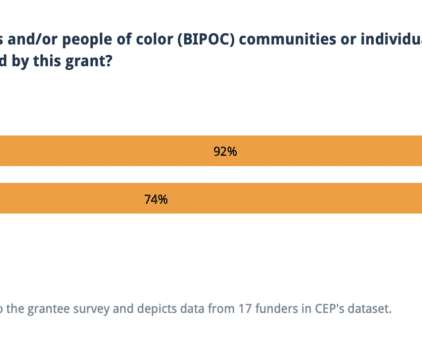Q&A with Meg Salyer
Innovation 2 Enterprise
NOVEMBER 4, 2020
She served as the first woman president of the Rotary Club of Oklahoma City, (2003/2004), one of the largest Rotary Club in the world. She is a graduate of Leadership Oklahoma, Leadership Oklahoma City, and is a sustaining member of the Junior League of Oklahoma City. Meg retired from the Council April 8, 2019.














Let's personalize your content